|
| |
SCROLL DOWN TO VIEW PHOTOS
or go HOME or back up to Recent Photos
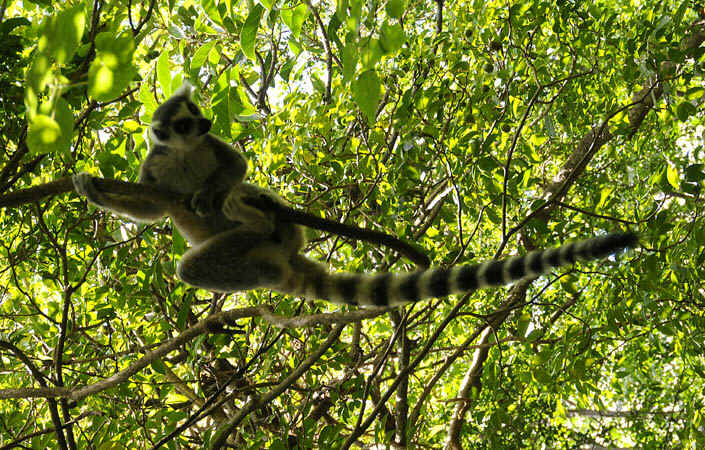
The Ring-Tailed Lemur (photographed in Anjaha Community Reserve near Ambalavao in Central Madagascar)
The Ring-Tailed Lemur (one of 87 species & subspecies of lemur) is Madagascar's official National Animal.
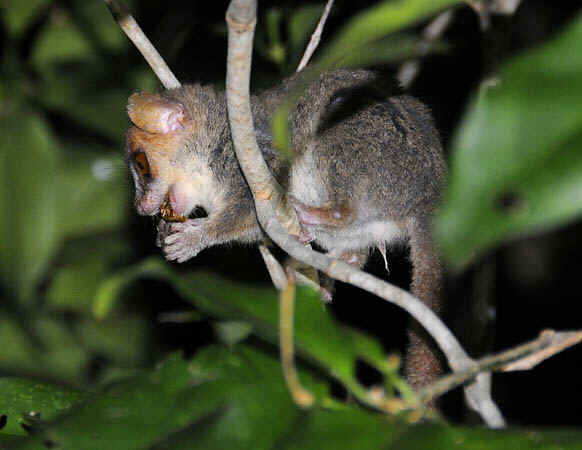
The Grey Mouse Lemur (dining in Anjajavy Reserve, Northwest Madagascar)
This Nocturnal Primate (kin to apes & humans) is indeed no larger than a mouse.
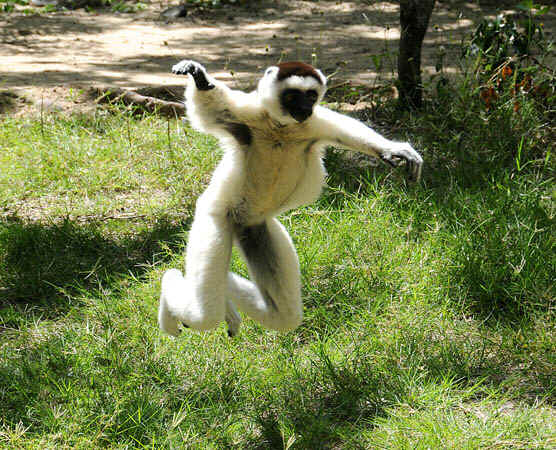
The Verreaux's Sifaka (Isalo National Park, Southern Madagascar)
Most Lemurs leap between tree branches, but these large Sifaka lemurs also love to dance across clearings.

The Greater Bamboo Lemur (devouring Bamboo in Ranomafana National Park, Central Madagascar)
This rarest and most endangered of all lemurs daily eats enough cyanide-laced bamboo to kill 30 humans.

Madagascar has dense rain forests (e.g., Andasible-Mantadia National Park above, in Eastern Madagascar)
Bursting with Leaches and Lemurs, Reptiles, Amphibians & Exotic Insects
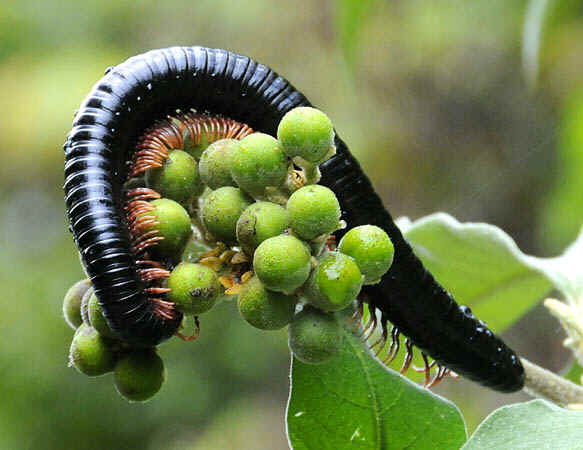
As well as gigantic but harmless Millipedes.

Madagascar also has many lively towns (e.g., Morondava, above, on the coast of Western Madagascar)
Where rickshaws remain plentiful
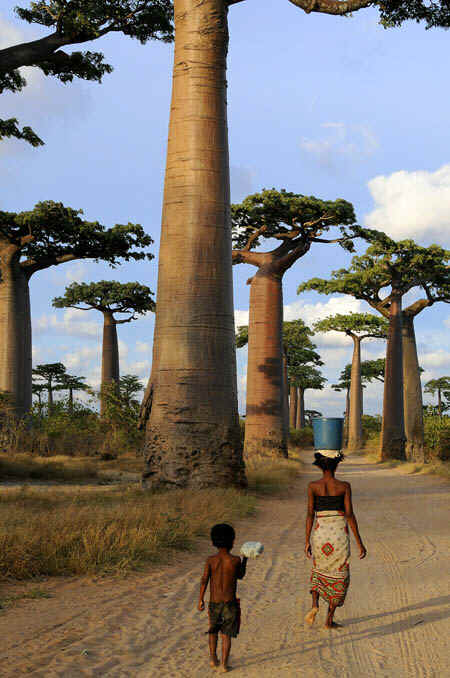
And quiet countrysides (e.g., the "Avenue des Baobabs" north of Morondava in Western Madagascar).
Many Baobabs are older than 1,000 years; six of the world's eight species are endemic to Madagascar,

Enabling Peter & Lieschen to pause before another species of ancient Baobab.

The Major N7 Highway traverses half of Madagascar
But is sometimes more used to transport Zebu (the national cattle) than for cars.

The busy N9 Highway along the coast of Southwestern Madagascar was paved back in Time Immemorial.
Since that time, politicians running for office habitually promise repairs.
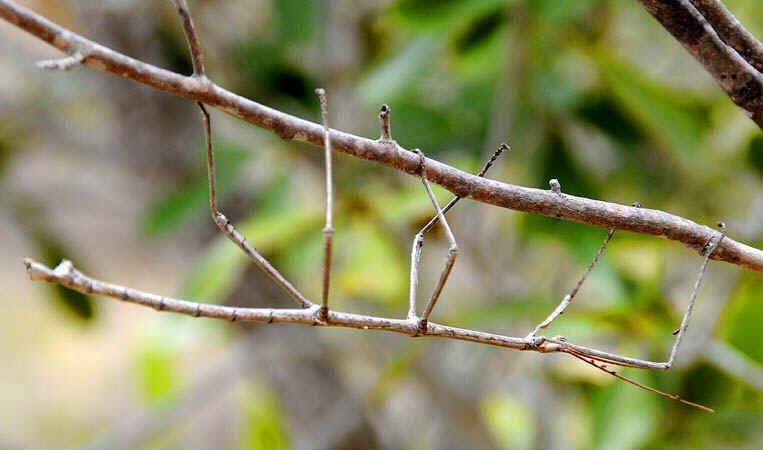
This large (~8 inch) Walking Stick insect in Isalo National Park is well camouflaged from predators
But not from the half-dozen mites that are sucking on its left feeler & left front leg.

Madagascar also has exotic, endemic Grasshoppers
Such as this five-inch specimen dining in Isalo National Park.
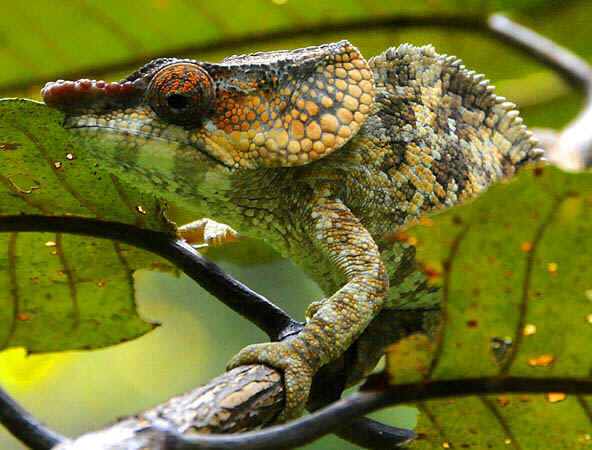
Madadascar has more than 60 species of Chameleons, from the world's largest
(e.g., the ubiquitous Parson's Chameleon above can reach 68cm/26 inches in length)
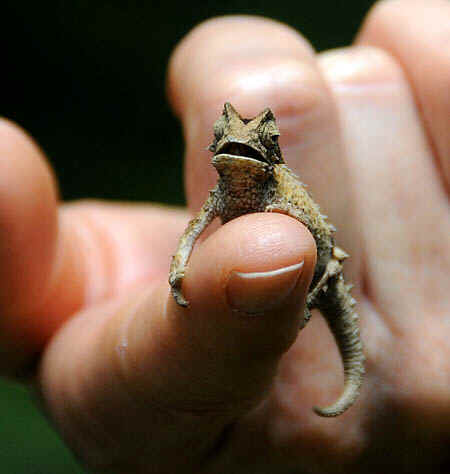
Down to this Pygmy Chameleon in the Anjaha Community Reserve

And numerous other reptiles, e.g., this elusive Leaf-Tailed Gekko, sleeping in Ranomafana National Park
(Try spotting this nocturnal lizard in a vast, leaf-strewn rain forest)

And countless snakes, particularly Tree Boas
(but no poisonous snakes, Madagascar having split from Africa about 90 million years ago,
before poisonous snakes evolved in Africa). Most plants & animals in Madagascar are endemic.
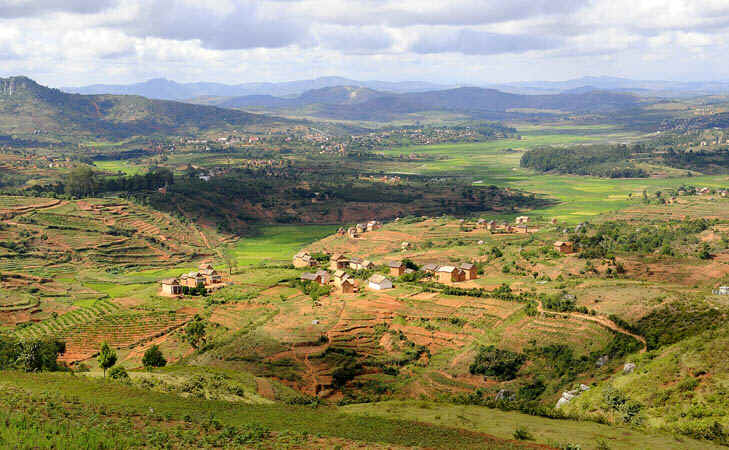
And finally, two views of the Rich Rice Fields in East Central Madagascar
Where the farmers habitually produce three rice crops every year

And where these rice fields are "plowed" by boys chasing Zebu,
Back and forth in the muddy paddies, pleasing everyone except the Zebus.
You may now go HOME or
back up to Recent Photos